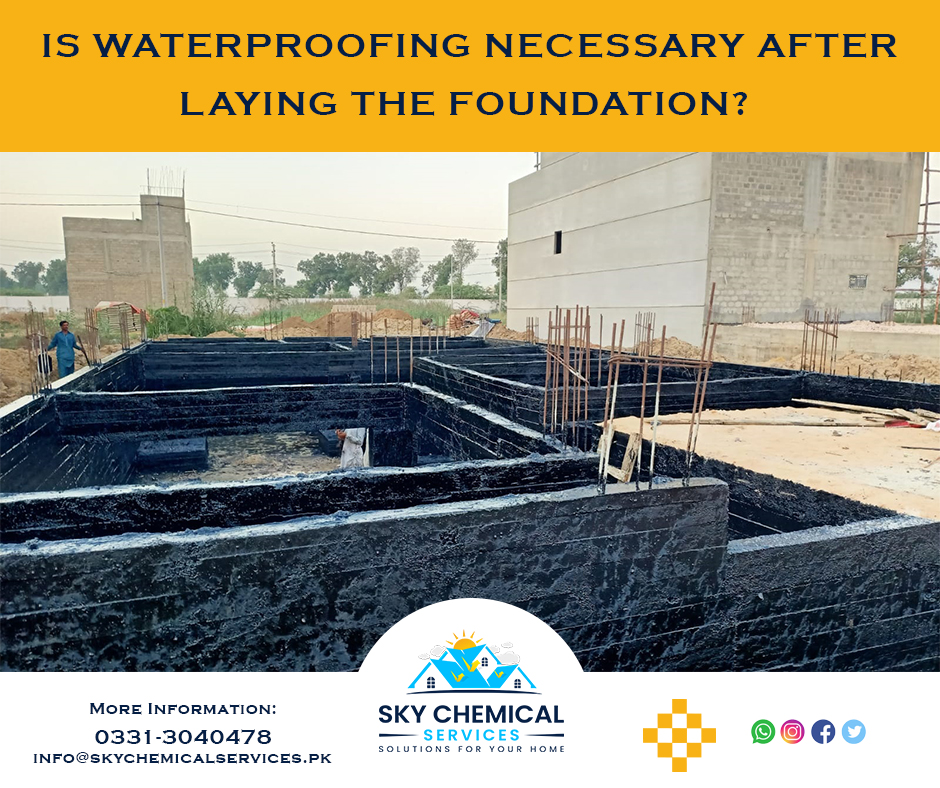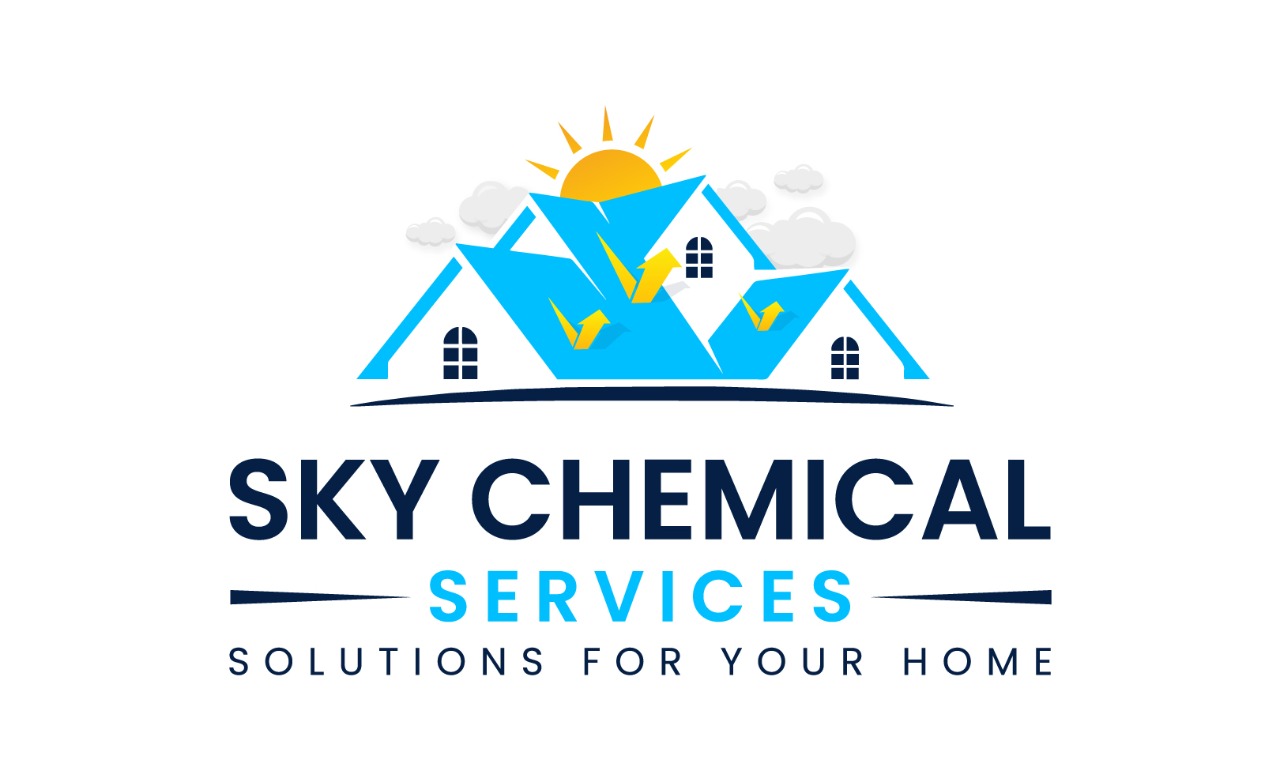
Have you ever witnessed water seepage from the basement floor or its edges? Well, that’s the hydrostatic pressure applied by the saturated soil on the foundation walls or slab. Concrete is a porous material; it allows water to seep through its spaces. Moreover, the flow rate increases if crevices or ruptures are present. Laying the Foundation involves excavation, compacting soil, reinforcing steel, and pouring concrete for a sturdy and durable base.
The weight of water is 60 pounds per cubic foot. If the soil around the foundation is saturated with it, the pressure will be at an astounding high. For this reason, a waterproof layer is essential to cover the boundaries, including the corners and leak-prone areas.
Water-Entry Locations
Apart from cracks, water ingress can take place from wall pipes, floors, cove joints, and damaged concrete.
Plumbers drill slightly-large-sized holes to install pipes in the foundation: The vacant space between the two is filled with hydraulic cement, which disintegrates slowly with the passage of time. This allows the water to enter and affect the structural integrity of the concrete.
Cove joints is the space between the foundation wall and slab. Without an adequate drainage system to transport incoming water, the structure can be damaged easily. Moreover, owners will have to spend huge amounts to refurbish the area.
Irrespective of their size, Laying the Foundation cracks allow water seepage, if not covered with a sealing agent or a waterproofing membrane. These crevices can weaken the structure and widen the gap with the passage of time. Restrict the honeycombing process by contacting Sky Chemical Services today!
Methods for Foundation Waterproofing
Covering Laying the Foundation with a waterproofing material is necessary to ensuring a strong structure. Various techniques and materials are implemented to restrict water infiltration and damage. Following are some common methods used to waterproof a foundation.
Exterior Waterproofing
- Excavation
Excavating the perimeter of the foundation allows for the inspection and repair of any existing cracks or defects. The walls are coated with a waterproofing membrane, typically made of asphalt or rubberized materials, creating a continuous barrier. Prior to the coating process, a drain is installed in the outside area to direct moisture away from the structure.
This process is costly, reaching up to figures of more than Rs. 100,000. However, it is safe and long-lasting.
- Drainage Systems
Installing an exterior drainage system, such as a French drain (perforated pipe surrounded by gravel), helps redirect water away from the foundation. It helps to mitigate soil erosion and ensure proper growth of flora and fauna. Drainage lines can be connected to the sewerage system or a sump pump, the only difference being that the former process doesn’t need maintenance while the latter one does.
- Waterproofing Coatings
Applying a waterproofing coating to the exterior walls provides an additional layer of protection. These coatings, typically made of cementitious or polymer-based materials, create a barrier against water intrusion and can withstand hydrostatic pressure.
Interior Waterproofing
If you want to direct away standing water from your structure, opt for interior waterproofing. In this process, the leakage can be re-routed with minimum risks to the soil or building. While it doesn’t prevent water from reaching the foundation, it helps control the flow and prevent it from causing damage. In other words, it is not a feasible choice for stopping water ingress.
- Interior Drainage System
Installing an interior drainage system, such as a sump pump, helps collect and pump out water that enters the basement or crawlspace. This system consists of a sump pit, a pump, and pipes that divert water away from the foundation.
- Sealants and Waterproofing Paints
Applying waterproof sealants and paints on the interior walls helps to create a strong barrier and reduce water infiltration. These products fill in cracks, gaps, and porous areas, keep away dust and particulates, and reduce noise and airflow.
- Vapor Barriers
Installing a vapor barrier, such as a plastic sheet or foil, on the interior walls helps prevent moisture from evaporating and entering the living space. This is particularly important in areas with high humidity levels.
If your building needs a solid foundation waterproofing, connect with Sky Chemical Services today!
